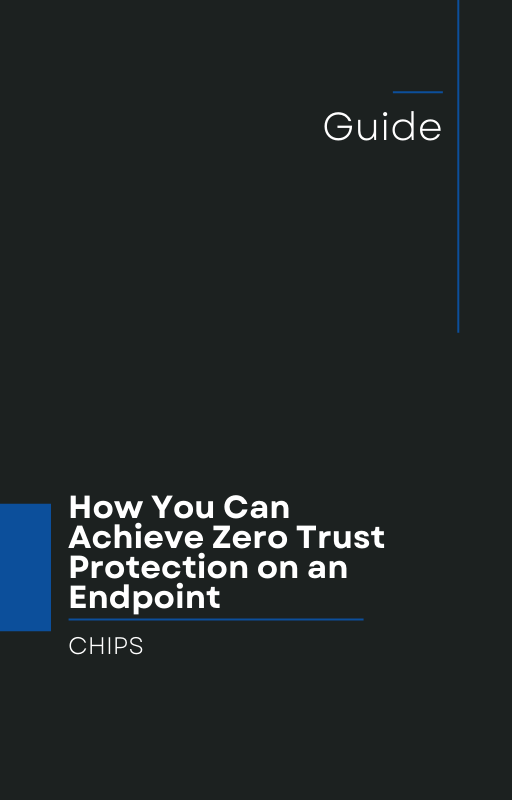When a household name like WK Kellogg falls victim to a ransomware attack, it's time for every business leader to sit up and take notice.
In a recent Forbes article, cybersecurity journalist Alex Vakulov outlines how the Clop ransomware gang compromised WK Kellogg's systems, exposing just how vulnerable even the most well-established brands can be.
While the details are still unfolding, the broader implications are already clear: traditional cybersecurity strategies based on “Detect and Respond” are no longer sufficient. Clop, along with other sophisticated ransomware operators, continues to evolve faster than detection tools can keep up. It's time for a different approach—one that prioritizes prevention over reaction.
The Clop Tactic: Precision, Patience, and Devastation
The Clop gang has been a formidable player in the ransomware landscape for years. Known for targeting large enterprises and leveraging zero-day vulnerabilities, Clop's strategy is methodical. Once inside a network, they often dwell quietly, escalate privileges, and exfiltrate critical data—all before encrypting files and demanding ransom.
In the WK Kellogg case, Clop’s tactics once again highlight how threat actors are bypassing even well-defended perimeters. Whether through phishing emails, vulnerable file transfer software, or unpatched systems, their entry points exploit the tiniest cracks.
And once they’re in, detection tools often struggle to identify malicious behavior before the damage is done.
The Problem With “Detect and Respond”
For years, businesses have invested in Endpoint Detection and Response (EDR), antivirus software, and Security Information and Event Management (SIEM) tools. While these technologies can be helpful, they rely on spotting the problem after it begins. By then, critical data may already be exfiltrated or encrypted.
Worse still, attackers have learned how to evade these defenses. EDR evasion is no longer a niche skill—malware creators now build it into their toolkits by default. The reality is that detection-based solutions are reactive and, therefore, always one step behind the attackers.
Isolation and Containment: A New Line of Defense
What if your systems could automatically block ransomware from executing—without needing to recognize it as malicious first?
That’s the core strength of AppGuard, a proven endpoint protection solution that operates on the principle of Isolation and Containment rather than detection. With a 10-year track record of commercial and government use, AppGuard stops malware from launching, spreading, or making changes—even if it’s never been seen before.
Rather than playing catch-up with attackers, AppGuard renders their tactics ineffective. It prevents unauthorized processes from initiating and blocks lateral movement, all while keeping legitimate business operations running.
WK Kellogg Is a Reminder: Your Business Could Be Next
If a multinational like WK Kellogg can fall prey to ransomware, what does that say about the average small to mid-sized business? Most organizations don’t have the resources or response capabilities of Fortune 500 companies, making them even more vulnerable.
The question is no longer if your business will be targeted—it’s when. And when that time comes, will your cybersecurity defenses hold the line?
It’s Time to Rethink Your Cyber Strategy
At CHIPS, we help businesses proactively secure their operations with technologies that prevent ransomware—not just detect it. AppGuard is part of that solution. With its decade-long legacy of success and unmatched ability to neutralize threats at the endpoint, it offers peace of mind in an era of relentless attacks.
Let’s move beyond “Detect and Respond.” It’s time to embrace “Isolation and Containment.”
👉 Talk with CHIPS today about how AppGuard can help protect your business before ransomware strikes.
Don’t wait for an attack like Clop to be your wake-up call. Let's prevent it together.
Like this article? Please share it with others!

April 19, 2025

Comments